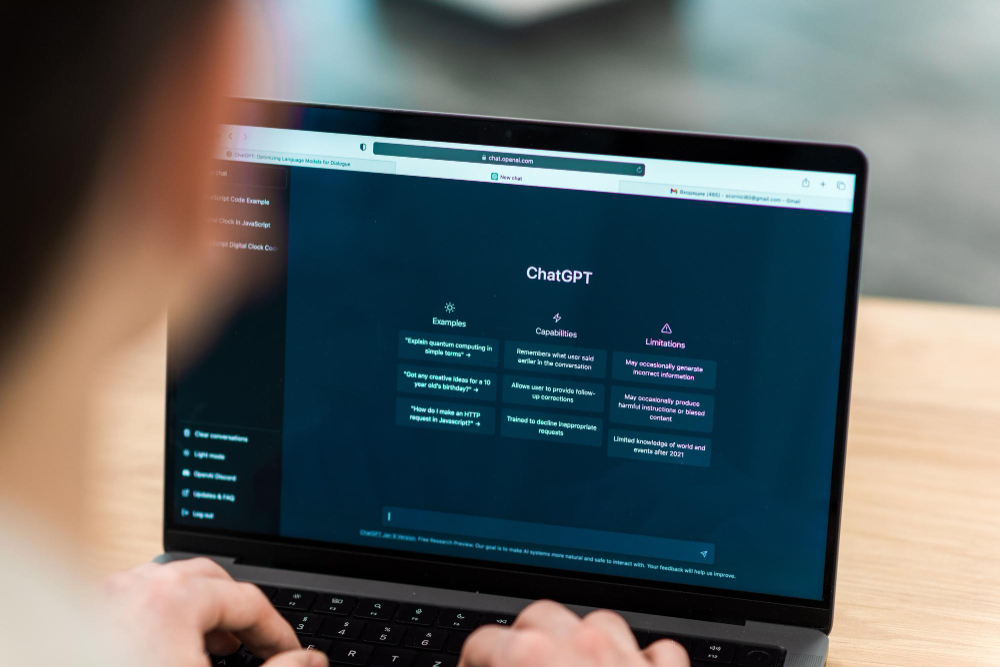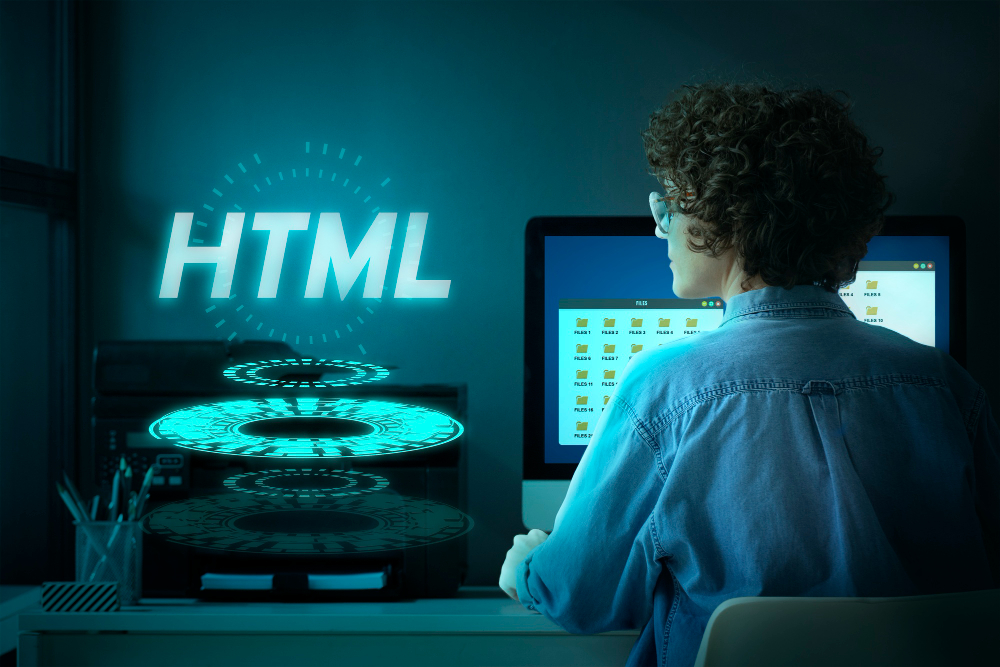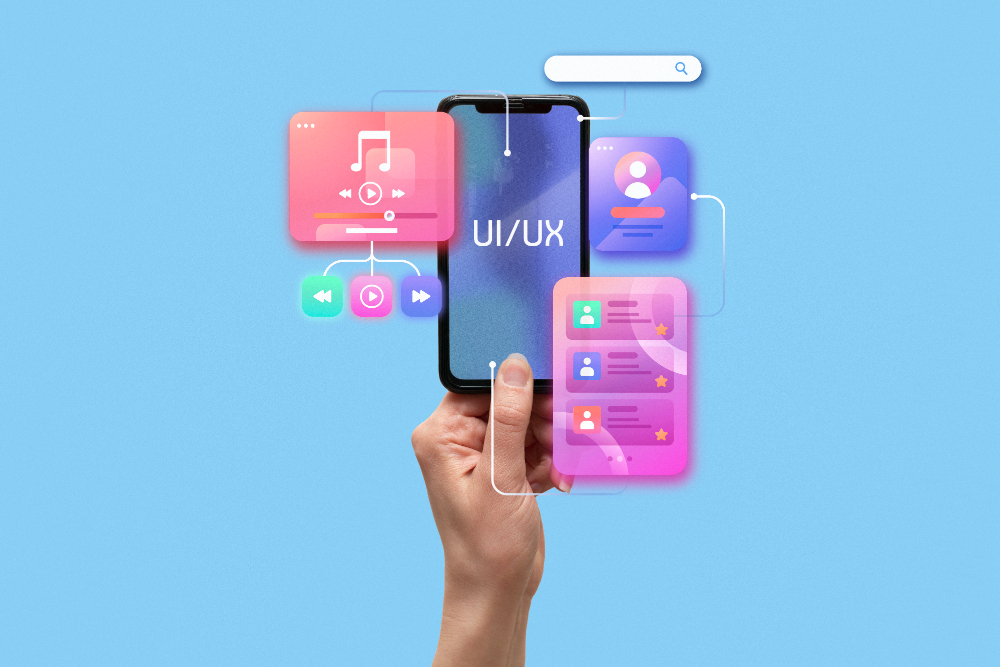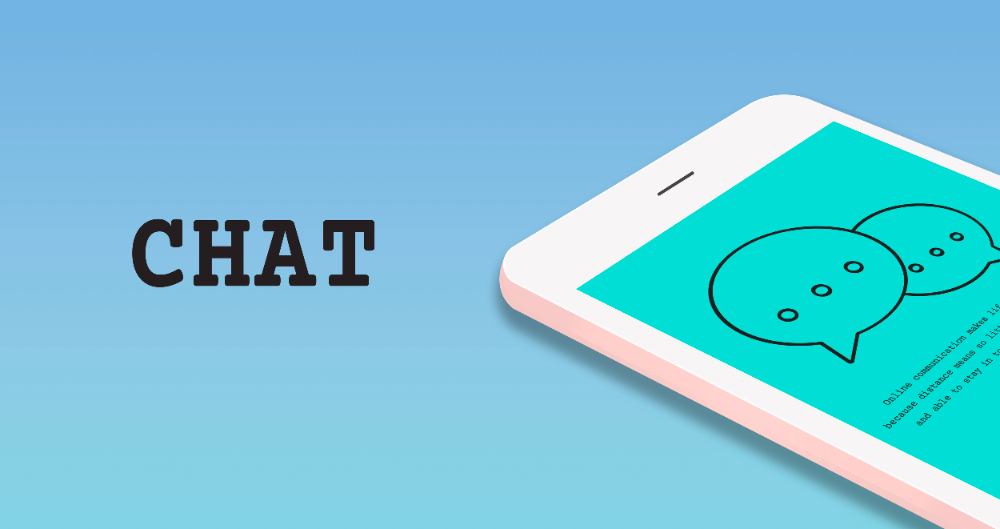Table of Contents
- Benefits of Inclusive Learning Environments for All Stakeholders
- Common Challenges to Inclusivity in Education
- Leveraging Technology for Inclusivity
- Accessibility Features in Digital Tools and Platforms
- Personalization and Adaptive Learning Technologies
- Collaborative Tools for Diverse Learning Styles and Needs
- Empowering Stakeholders Through Technology
- Tools and Resources for Teachers
- Support for Parents and Tutors
- Role of Libraries
- Harnessing Research and Data Analytics
- Overcoming Barriers to Inclusivity
- Addressing Digital Divide Issues
- Professional Development and Training for Educators
- Advocacy and Policy Initiatives
- Engaging with NGOs and Entrepreneurs
- Closing Thoughts
Ever heard the term 'inclusive learning environments'? These are places where everyone feels like they belong, no matter who they are or how they learn best. And when it comes to education, it’s about setting up an atmosphere where every kid feels like they're part of the gang, no matter their background or abilities.
Now, imagine the involvement of technology in such a powerful concept. Think special apps for kids with different learning needs, or online platforms that let students collaborate on projects from miles away. That's the power of technology in education!
In this article, we're going to explore how technology can help create inclusive learning spaces for everyone involved in education. Get ready to discover how tech can bring us all closer together in the wonderful world of learning!
Benefits of Inclusive Learning Environments for All Stakeholders
When we create learning spaces where everyone feels welcome and valued, amazing things happen for everyone involved. First off, think about the students.
When kids feel like they belong and that their unique needs are understood, they're more likely to engage with their learning. That means better grades, more confidence, and a real love for learning that sticks with them for life.
But it's not just the students who benefit. Teachers also thrive in inclusive environments. When they have the support and resources they need to meet the needs of all their students, they can shine as educators. Plus, seeing their students succeed and grow brings a special kind of joy that makes all the hard work worth it.
And let's not forget about the parents and families. When they see their kids thriving in school, it's like a weight lifted off their shoulders. They know their child is in good hands and that their needs are being met, which brings a sense of peace and pride that's hard to beat.
Even beyond the classroom, inclusive education benefits society as a whole. When we empower all learners to reach their full potential, we're investing in a brighter future for everyone. That means stronger communities, a more diverse workforce, and a world where everyone has the chance to succeed, no matter their background or abilities.
Common Challenges to Inclusivity in Education
Now, let's be real for a minute. Creating inclusive learning environments isn't always easy. There are challenges and obstacles that we need to overcome if we want to make inclusivity a reality for all.
One big challenge is making sure everyone has equal access to the resources they need. Not every student has a fancy computer or high-speed internet at home, which can put them at a disadvantage when it comes to using technology for learning.
And even in the classroom, not all schools have the same level of funding or support, which can make it tough to provide the tools and accommodations that every student needs to succeed.
Another common challenge is making sure teachers have the training and support they need to meet the diverse needs of their students. It's not easy to teach a class where every student learns differently, so educators need training and professional development opportunities to help them build inclusive classrooms where every student can thrive.
And then there's the challenge of changing attitudes and mindsets. Inclusive education isn't just about providing accommodations for students with disabilities—it's about embracing diversity in all its forms. That means challenging stereotypes, breaking down barriers, and creating a culture of acceptance and respect where everyone feels valued for who they are.
But here's the thing: while these challenges might seem daunting, they're not insurmountable. With the right support, resources, and commitment from everyone involved, we can create inclusive learning environments where every student has the chance to shine.
Leveraging Technology for Inclusivity
Technology offers incredible advantages when it comes to leveling the playing field and making sure every student gets the support they need to succeed.
Accessibility Features in Digital Tools and Platforms
First up, let's talk about accessibility features. These are the little tweaks and adjustments that make digital tools and platforms usable for everyone, regardless of their abilities.
For example, screen readers can help students with visual impairments navigate websites and documents, while closed captioning makes videos accessible to students who are deaf or hard of hearing. And that's just the tip of the iceberg!
From voice recognition software to customizable fonts and colors, there are tons of ways that technology can be tailored to meet the needs of every learner.
Personalization and Adaptive Learning Technologies
Next, let's talk about personalization and adaptive learning technologies. These are the tools that can adapt to each student's unique needs and learning style, providing tailored instruction and support that's just right for them.
Imagine an app that adjusts the difficulty of math problems based on a student's progress, or a program that recommends reading materials based on their interests and reading level. That's the power of personalization in action!
Collaborative Tools for Diverse Learning Styles and Needs
Technology also opens up a whole world of collaborative learning opportunities. Whether it's through online discussion forums, virtual group projects, or real-time collaboration tools, students can work together and learn from each other in ways that just aren't possible in a traditional classroom setting.
And for students who might struggle with traditional forms of communication or social interaction, these collaborative tools can be a real game-changer.
Empowering Stakeholders Through Technology
Now that we've explored how technology can enhance inclusivity in learning environments, let's talk about how it empowers everyone involved in education, from teachers to parents to software developers.
Tools and Resources for Teachers
From lesson planning apps to interactive whiteboards to online grading systems, technology streamlines administrative tasks, freeing up more time for teachers to focus on what they do best: teaching!
Plus, with access to online resources and professional development opportunities, teachers can stay up-to-date on the latest teaching techniques and best practices for creating inclusive learning environments.
Support for Parents and Tutors
But let's not forget about the unsung heroes of education: parents and tutors. Technology can be a game-changer for them too, providing resources and support to help them support their children's learning at home.
Whether it's through educational apps, online tutoring platforms, or parent-teacher communication tools, technology helps parents and tutors stay connected and involved in their children's education, even when they can't be there in person.
Role of Libraries
Libraries play a crucial role in providing access to information and resources for learners of all ages, and technology is helping them expand their reach even further.
From e-books and digital databases to online research tools and virtual library tours, technology is transforming libraries into dynamic hubs of learning and exploration.
Harnessing Research and Data Analytics
Last but not least, technology allows us to harness the power of research and data analytics to drive continuous improvement in education.
By collecting and analyzing data on student performance, engagement, and learning outcomes, educators can identify areas for improvement and tailor their instruction to meet the needs of every learner.
Overcoming Barriers to Inclusivity
While technology has incredible potential to enhance inclusivity in education, we also need to address the barriers that can stand in the way. Let's take a look at some common challenges and how we can overcome them to create truly inclusive learning environments.
Addressing Digital Divide Issues
One of the biggest challenges to inclusivity in education is the digital divide—the gap between those who have access to technology and the internet and those who don't.
To bridge this gap, we need to ensure that every student has access to the devices and internet connectivity they need to participate fully in digital learning experiences.
Professional Development and Training for Educators
Another challenge is ensuring that educators have the training and support they need to effectively integrate technology into their teaching practices in a way that promotes inclusivity.
Professional development opportunities, workshops, and ongoing training programs can help teachers develop the skills and confidence they need to use technology to meet the diverse needs of their students.
Advocacy and Policy Initiatives
Advocacy and policy initiatives are also crucial for overcoming barriers to inclusivity in education.
This might involve lobbying for increased funding for technology in schools, advocating for policies that promote digital equity and accessibility, or pushing for changes to curriculum standards to ensure that they reflect diverse perspectives and experiences.
Engaging with NGOs and Entrepreneurs
NGOs and entrepreneurs also have a role to play in overcoming barriers to inclusivity in education.
NGOs can provide support and resources to underserved communities, while entrepreneurs can develop innovative solutions to address the unique challenges faced by students with disabilities, English language learners, and other marginalized groups.
Closing Thoughts
As we look to the future, it's clear that technology will continue to play a central role in creating inclusive learning environments.
But perhaps most importantly, creating inclusive learning environments requires a collective commitment from all stakeholders—teachers, parents, administrators, policymakers, software developers, and more.
By coming together to prioritize inclusivity and leverage the power of technology, we can create a brighter future for all students, where every learner has the opportunity to reach their full potential.

































Comments are closed.